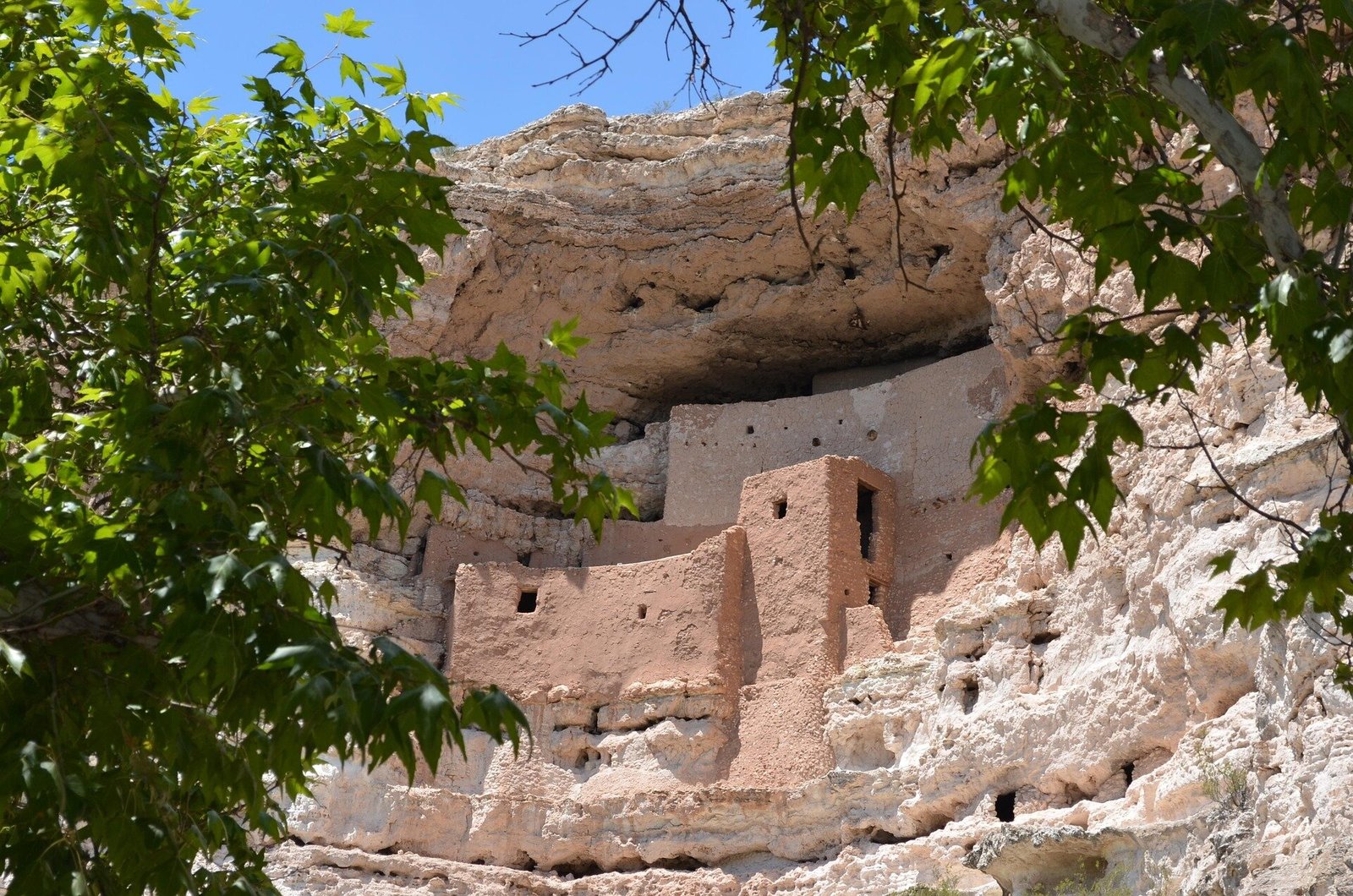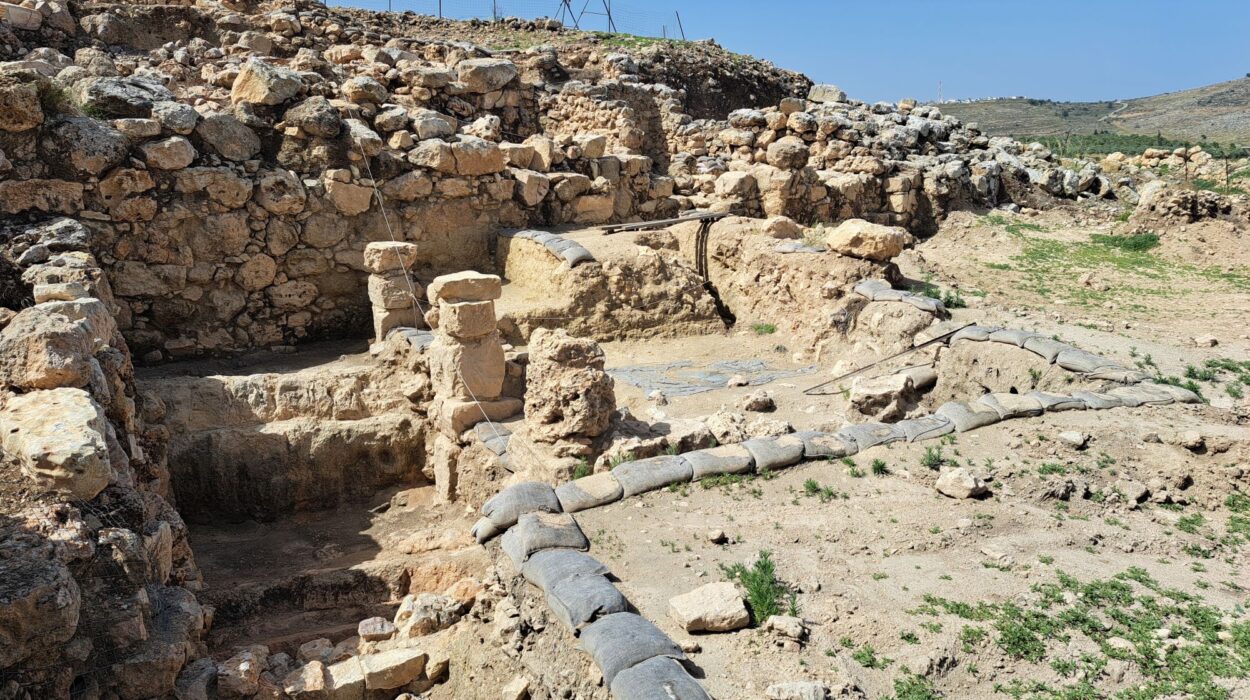The concept of inequality is a pressing issue that continues to shape societies today, and a deeper understanding of its historical roots can provide valuable insights into its persistence and evolution over time. A groundbreaking archaeological study published in Proceedings of the National Academy of Sciences (PNAS) delves into the long-standing relationship between housing and economic inequality, uncovering evidence from as far back as 1.7 million years ago in Olduvai Gorge, Tanzania. This study spans thousands of years of human history, offering a unique perspective on how early shelter structures, housing size, and wealth distribution correlate with one of humanity’s most enduring social challenges.
The study is based on an ambitious global database of housing floor area measurements collected from archaeological sites spanning the globe, offering a detailed look at housing patterns in non-industrial societies over the past 12,000 years. The findings provide crucial evidence that inequality in housing, a primary marker of social and economic disparity, has existed throughout human history. This new approach to archaeology sheds light on the evolution of inequality and its driving factors by analyzing the scale, complexity, and distribution of residential spaces in pre-industrial societies.
Ancient Shelters and the Emergence of Housing
At the core of this research lies the ancient stone alignments discovered in Tanzania’s Olduvai Gorge, a site long associated with significant discoveries about early human evolution. These stone structures are believed to be remnants of shelters built by Homo habilis, one of the earliest species of human ancestors. The potential discovery of these shelters, dating back 1.7 million years, provides the earliest evidence of housing in human prehistory. Although such structures were rudimentary compared to the elaborate homes of later societies, their very existence marks a crucial step in the development of human social organization.
This early evidence from Olduvai Gorge challenges previous assumptions about early human behavior, suggesting that the origins of housing and its relationship with social structures may have been more complex than previously thought. The ability to build shelters reflects not only technological innovation but also the emergence of social groupings that could have established a foundation for the division of labor and the accumulation of resources, key factors in the development of social inequality.
A Global Database of Housing and Inequality
The study’s authors, including Scott Ortman of the University of Colorado Boulder, Amy Bogaard of the University of Oxford, and Timothy Kohler of the University of Florida, have contributed to a groundbreaking effort known as the Global Dynamics of Inequality (GINI) Project. This initiative has resulted in the creation of a comprehensive database that catalogs more than 55,000 housing floor area measurements from a wide array of archaeological sites. These sites include well-known locations such as Pompeii and Herculaneum, as well as lesser-known but equally significant sites across North and South America, Asia, Europe, and Africa.
The database provides a detailed record of residential structures from societies ranging from the Paleolithic era to the early modern period, ending roughly with the onset of industrialization. The diversity of the sites included in the database allows scholars to examine housing patterns across different cultural, environmental, and technological contexts. The data gathered represents a cross-section of human society, offering a broad and varied perspective on how housing and economic disparity have evolved across time.
Ortman and his colleagues gathered this information through collaboration with archaeologists worldwide, utilizing a combination of excavation records, remote sensing technology, and advanced techniques like LiDAR (Light Detection and Ranging). The result is a unique resource that allows scholars to analyze the relationship between housing size, wealth, and social inequality in pre-industrial societies.
Housing Size as a Marker of Inequality
One of the central findings of this research is that housing size is directly linked to inequality in pre-industrial societies. The size and complexity of residential buildings provide valuable clues about the distribution of wealth and the degree of social stratification in ancient communities. By examining housing across different regions and time periods, the researchers were able to identify significant correlations between variations in housing size and levels of income inequality.
In many pre-industrial societies, large and elaborate homes were typically associated with wealthier individuals or ruling elites, while smaller, more modest dwellings were common among the lower classes. This pattern is similar to modern-day residential inequalities, where disparities in housing reflect broader social and economic divides. The researchers found that the size of homes in ancient societies often mirrored income inequality, with larger houses serving as a marker of status and power.
Interestingly, the study also showed that the rate of change in housing size over time could indicate shifts in economic inequality. In societies where wealth became more concentrated in the hands of a few, the gap between the rich and poor became more pronounced, leading to increasingly polarized housing patterns. Conversely, in societies where resources were more evenly distributed, housing size tended to be more uniform, reflecting a more egalitarian social structure.
Housing, Inequality, and Social Stability
The relationship between housing size and economic inequality is not just an issue of wealth distribution; it also has far-reaching implications for social stability and governance. According to Ortman, Bogaard, and Kohler, economic inequality is deeply tied to political and social stability. High levels of inequality can lead to political polarization, weaken democratic norms, and undermine social trust. These dynamics are not just contemporary concerns but have been present throughout history.
The research presented in the PNAS Special Feature shows that societies with high levels of wealth inequality often faced challenges related to governance and social cohesion. When resources became scarce and concentrated in the hands of a few, the social fabric of these societies began to fray. This is especially true when inequality is exacerbated by external pressures such as war, environmental stress, or resource scarcity. In some cases, the consolidation of wealth and power in a few hands led to social unrest and conflict, further deepening the divide between the elite and the marginalized.
The research also suggests that societies with more equitable distributions of resources were better able to withstand challenges such as climatic shifts or conflicts. For example, some societies in the ancient world adopted governance practices that reduced wealth disparities, leading to greater social stability and resilience in the face of external pressures. These findings emphasize the importance of governance structures that promote equitable economic development and reduce inequality to foster long-term stability.
The Role of Governance in Mitigating Inequality
A key takeaway from this research is the role of governance in shaping economic inequality. Ortman, Bogaard, and Kohler argue that while environmental factors and technological innovations played significant roles in the emergence of inequality, the most reliable way to mitigate inequality is through policies and institutions that promote fairness and reduce disparities in wealth and power.
The research suggests that the most successful societies in terms of reducing inequality were those that implemented governance practices aimed at redistributing wealth and ensuring a more equitable distribution of resources. These societies had mechanisms in place to prevent the concentration of land and wealth in the hands of a few individuals or families. In contrast, societies that lacked such governance structures were more likely to experience entrenched inequality, leading to social and political instability.
Conclusion: Understanding Inequality through Archaeology
The groundbreaking study published in Proceedings of the National Academy of Sciences provides new insights into the long history of economic inequality and its connection to housing. By analyzing the archaeological record of housing across the globe, researchers have uncovered evidence that inequality in wealth and resources is not a modern phenomenon but a long-standing feature of human society. From the stone shelters of Homo habilis in Olduvai Gorge to the complex urban centers of ancient civilizations, the size and complexity of housing have reflected the social and economic divides of the societies that built them.
The study also highlights the importance of governance in shaping the distribution of wealth and power. As modern societies continue to grapple with the challenges of inequality, the archaeological record offers valuable lessons about the importance of inclusive governance and policies that promote economic fairness. The research serves as a reminder that the roots of inequality run deep and that addressing this issue requires both a better understanding of its historical origins and a commitment to policies that reduce disparities and promote social cohesion.
References: Kohler, Timothy A., Economic inequality is fueled by population scale, land-limited production, and settlement hierarchies across the archaeological record, Proceedings of the National Academy of Sciences (2025). DOI: 10.1073/pnas.2400691122. doi.org/10.1073/pnas.2400691122
GINI Project data, as well as the analysis program developed for them, will be available open access via the Digital Archaeological Record.






